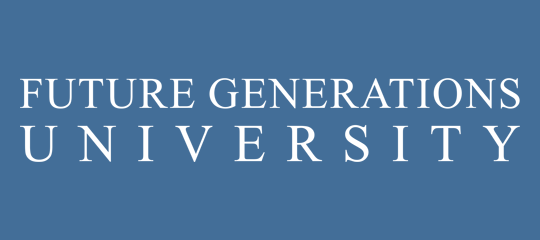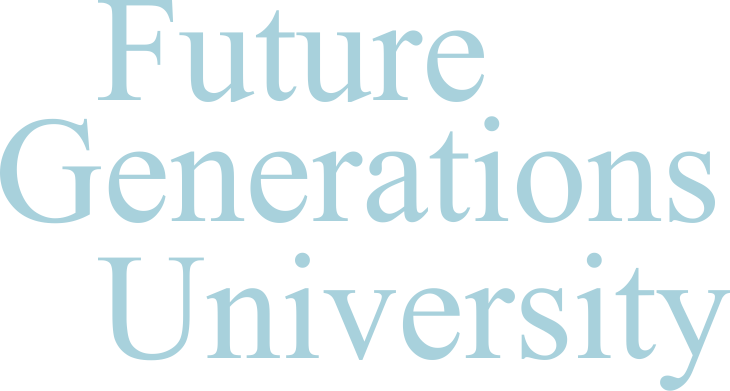Summary from Just and Lasting Change by Associate Professor, Noam Schimmel
Go to the People.
Live with the People,
Learn from the People.
Plan with the People.
Work with the People.
Start with what they know,
Build on what they have.
Teach by showing, learn by doing.
Not a showcase, but a pattern.
Not piecemeal, but integrated.
Not odds and ends, but a system.
Not to conform, but to transform.
Not relief, but release.
-Jimmy Yen (yen Yangchu)
Perhaps the largest scale Seed-Scale community development effort globally took place in China, although is relatively unknown in North America and Europe. Its significance for China’s social development is massive and its legacy can still be felt in China today. Indeed, much of that legacy was appropriated by the Communist party, which adopted elements of it. Extraordinarily, this effort to advance Seed-Scale principles and practices began back in the 1920s.
In 1926, building upon his experience with developing and implementing mass literacy campaigns for Chinese peasants and workers – which over 15 years succeeded to teach 50 million Chinese to read and write – Jimmy Yen, a Chinese community development activist who was educated at Yale and Princeton, realized that the method and values he applied so successfully in expanding literacy had many uses. It could be applied across a broad range of community development areas including healthcare, agricultural development, and poverty reduction.
Yen started the Ding Xian Experiment for Rural Reconstruction in 1926.
Yen and his colleagues used what they termed a “social-laboratory method” to develop effective and replicable solutions. Their purpose was to understand the customs, master farming techniques, address health-creating dynamics, and promote literacy. In all this, they emphasized data collection, experimentation, and the development of specific action. (114)
The model was holistic and interconnected, rather than focusing on just one or two social domains. Experts moved in to live with villagers and worked alongside them, finding ways to advance behavior change and empowering local residents to apply their own resources to advance their welfare and development.
The Rural Reconstruction Movement matured rapidly, establishing a Fourfold Program of Village Work: literacy, citizenship (or good governance), livelihoods to improve agriculture and income, and health and family planning. For each subject, a “farmer-scholar” was selected by the village and trained by the team of project professionals. These farmer-scholars tested new methods and ideas through field research. They found what others in such projects have learned subsequently: that to be accepted, good ideas introduced by experts must be adapted locally. Community-based social change is not just about going to the people; rather, it is about being with the people; it is a partnership. (115)
In the provision of healthcare, rather than relying exclusively on doctors, community health workers and midwives were trained to encourage pro-health behavior change and provide basic health services that would significantly improve health outcomes and quality of life. This democratization of healthcare provision and the massive expansion of provision of basic health services in rural China was built upon 8 Principles that reflect Seed-Scale values and methods. They continue to be used by Seed-Scale community development programs globally. They are:
- Good health care depends chiefly on social organization
- A vertical health system cannot stand by itself, but must integrate with other social activities
- Socioeconomic progress depends on demonstrations, under local conditions, of new methods that are scientific, efficient, economical, and practical
- Community use of modern knowledge lags when scientific investigation is detached from society
- Effective community demonstration projects promote self-help and encourage a two-way flow of professional and administrative services
- Planning must build from local organization, rather than imposing central administrative practices on the periphery
- Professional training should be in keeping with both the needs and the resources of the area
- Successful social development requires a supportive political and economic framework, coupled with equitable distribution
Dr. C.C. Chen joined Jimmy Yen in the early 1930s and further developed the program.
Simple methods that focused on behavior change rather than on curative medicine had revolutionized health conditions. Detailed measurements were taken of impacts. Because health services were paid for from local resources, low-cost solutions had been developed: the annual per-capita cost of care was US .15 cents. Chen conducted the first scientific surveys in China, in order to identify the extent of rural health problems. He also trained farmer-scholars to record births and deaths; vaccinate for smallpox and other infections; administer simple treatments at home, using sixteen essential and safe drugs, without displacing traditional practitioners; give talks and demonstrations on health and hygienic behavior; and maintain sanitary wells. (117)
The transformation in health outcomes was comprehensive and profound and illustrated how communities could advance their own development when working synergistically alongside experts and with the enabling support of government.
Daniel Taylor reflects on the enormous but underappreciated significance of Yen’s project,
“In one generation, across the world’s largest population and, once, one of its poorest and most disease ridden peoples, the disciplined communal system achieved community-based change in education and health, creating a foundation of human capacity that, coupled with entrepreneurial policies, made modern China’s development possible… Today’s economic growth in China needed a foundation in its people. Ding Xian was a pioneering breakthrough in providing a human-capacity potential for modern China’s transition. It gave a population education and health, creating workforce readiness, which contributed to China’s later economic surge.” (122)
But he also cautions against romanticizing community development as something that can take place entirely on its own in isolation, exclusively using local resources.
Many who have strong biases in favor of grassroots action believe that communities can develop best when governments get out of the way. But governments are essential… Nongovernmental agencies cannot replace governments: they cannot pass laws, establish systems or institutions, or enforce legal responsibility… In China, governmental support of local action brought a nationwide provision of education and health care. When such support ceased during the Cultural Revolution, forward momentum abruptly stopped. China is at increasing risk today, because its policies coast on a social-development foundation from an earlier generation. A country’s growth hinges on a lot more than economics. Today, China’s economic momentum increases inequity and thereby undermines the country’s social foundation. (123)
The lessons of Jimmy Yen and Ding Xian are salient not only in China but around the world. When they are applied, transformative and sustainable community development that improves health, lowers poverty, advances literacy and education, and enables greater food security and increased agricultural output are possible. They take place on a scale that dramatically unleashes human potential and creates human empowerment both individually and collectively.
See the attached presentation of photos of Jimmy Yen and some of his projects, kindly provided by the Yen Center.



